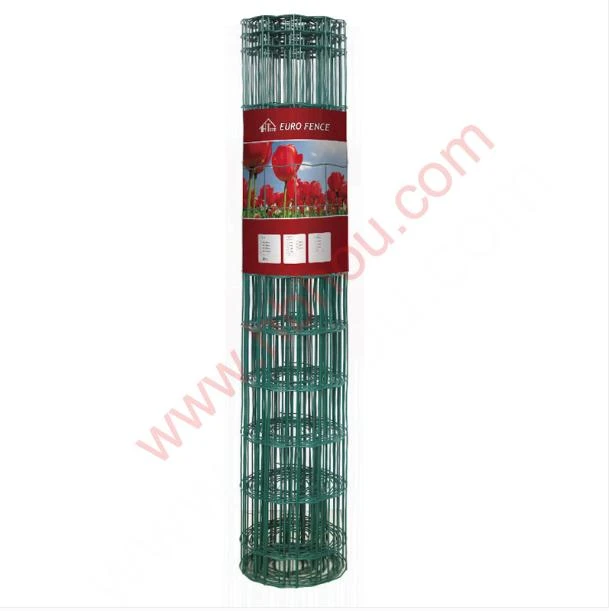Wire Mesh in Construction An Essential Material for Modern Infrastructure
Wire mesh, a versatile and robust construction material, plays a crucial role in modern infrastructure development. Comprised of a network of interconnected wires, it is commonly utilized in various forms, including welded wire fabric, chain link fencing, and expanded metal mesh. This article explores the importance of wire mesh in construction, its applications, benefits, and the factors to consider when selecting the right type for a project.
Understanding Wire Mesh
Wire mesh is manufactured from materials such as steel, stainless steel, and fiberglass, depending on the requirements of the intended application. The production process often involves weaving or welding metal wires to create a grid-like structure, which enhances strength while maintaining flexibility. The mesh can vary in size, gauge, and opening dimensions, making it adaptable for different construction needs.
Applications of Wire Mesh in Construction
1. Reinforcement One of the most critical uses of wire mesh in construction is in the reinforcement of concrete structures. Welded wire fabric (WWF) is commonly embedded within concrete slabs, walls, and foundations to improve tensile strength, preventing cracks and ensuring durability.
2. Fencing Wire mesh serves as an economical and effective fencing solution for residential, commercial, and industrial properties. Chain link fences offer security while allowing visibility and airflow, making them suitable for various applications.
3. Facades and Cladding Decorative wire mesh panels are increasingly used in building facades for aesthetic appeal and functional purposes. These panels can provide sunshade, privacy, and even sound insulation, enhancing the building's overall design.
4. Safety Barriers In construction sites, wire mesh is often employed as safety barriers to protect workers and the public from falling debris. Its strength and visibility make it an ideal choice for temporary safety applications.
5. Filtration and Grating In environments where filtration is necessary, such as wastewater treatment plants, wire mesh is used to create filters that separate solids from liquids. Additionally, expanded metal mesh provides a strong, slip-resistant surface for walkways and platforms.
Benefits of Using Wire Mesh
The integration of wire mesh in construction projects brings several benefits
wire mesh in construction

2. Cost-Effectiveness As a material, wire mesh is relatively inexpensive compared to other reinforcement options. Its effectiveness in prolonging the lifespan of structures translates into significant savings on maintenance and repair costs.
3. Versatility The adaptability of wire mesh to different applications allows architects and builders to implement creative designs while meeting functional requirements. Its variety in size and composition caters to specific project needs.
4. Easy Installation Installing wire mesh is generally straightforward, whether it is being placed in concrete or used for fencing. This ease of installation can reduce labor costs and project timelines.
5. Sustainability Many types of wire mesh are recyclable, contributing to sustainable building practices. Using recycled materials in its production can further enhance the environmental benefits.
Selecting the Right Wire Mesh
When choosing wire mesh for a construction project, several factors must be taken into consideration
1. Material The choice between steel, stainless steel, or fiberglass will depend on the project’s specific needs, including exposure to moisture, corrosive environments, and load-bearing requirements.
2. Gauge and Opening Size The gauge of the wire and the size of the openings must be suitable for the intended application, whether for reinforcement, fencing, or filtration.
3. Code Compliance Adhering to local building codes and regulations is essential. Ensure that the selected wire mesh meets any necessary standards for safety and performance.
4. Environmental Conditions Consider the environmental factors such as weather, humidity, and potential chemical exposure that might affect the longevity and performance of the wire mesh.
Conclusion
Wire mesh is an indispensable component of contemporary construction, providing strength, flexibility, and cost-effectiveness across various applications. Its role in reinforcing concrete, securing property, and enhancing architectural design highlights the material's versatility. As construction techniques evolve, wire mesh will undoubtedly remain a fundamental material in building safer, more durable, and aesthetically pleasing structures. Whether for a residential project or a large-scale infrastructure development, understanding and utilizing wire mesh correctly can have a lasting impact on the project's success.
















